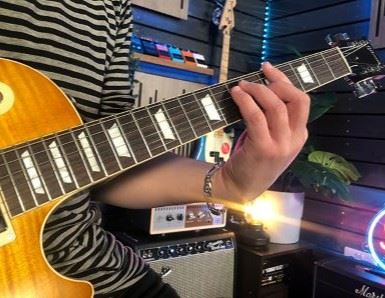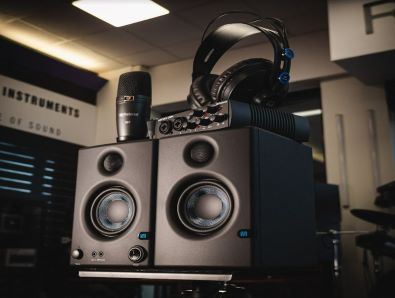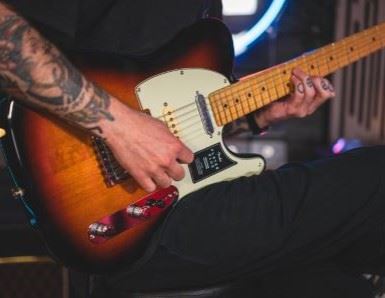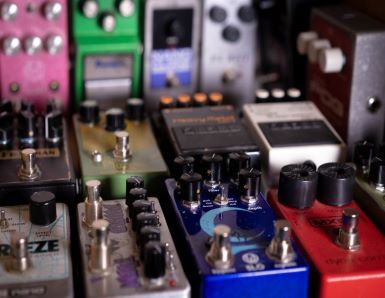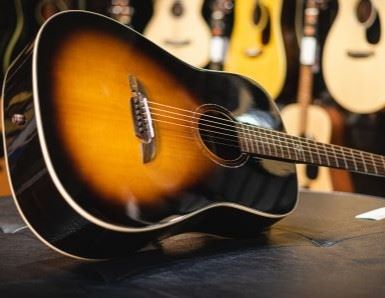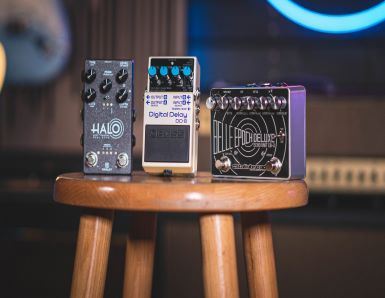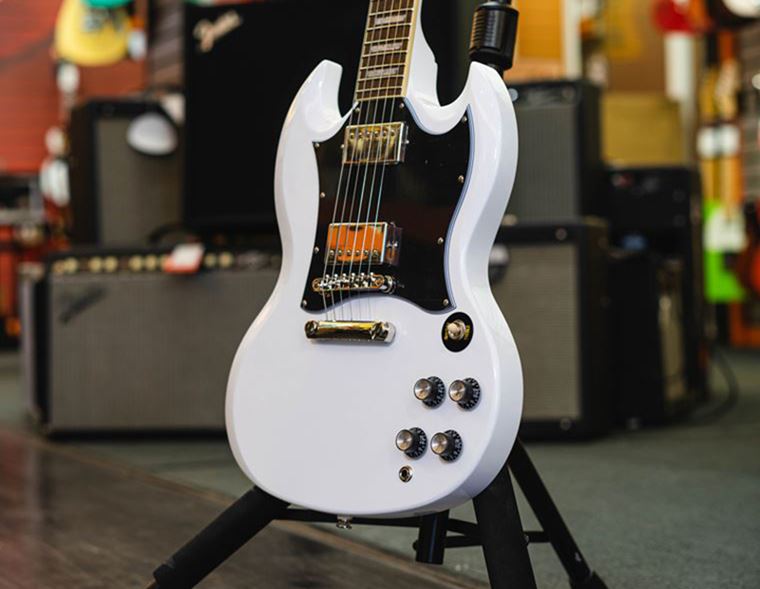Drum Rhythms for Guitarists: Helping Guitarists Understand and Sync with Drum Patterns
Published on 07 December 2023
Disclaimer: The information in this article is provided by the guest blogger and does not necessarily reflect the views and opinions of guitarguitar.
Learning and understanding a few drum rhythms can help a lot as a guitar player. It’s always a good idea to pull inspiration from other instruments to become a well-rounded musician, and it’s especially helpful to understand a few drumming concepts.
In this guide, I’ll explain why exactly becoming a well-rounded player is so important. I’ll also give you a few rhythms to focus on that will really help your guitar skills improve.
Why Drum Rhythms Can Help a Guitarist Improve Their Playing
There are many reasons for learning drum rhythms but I would say what’s key is that they’ll help you improve your timekeeping abilities.
Having knowledge of rhythms and subdivisions will give you an understanding of how they work together to create musical patterns. When you can feel the rhythms of what you’re playing, you’ll be able to maintain better timing.
Knowing a few will also make it easier to write songs. As you have those rhythms in mind, you can create guitar parts that will work well in a band environment.
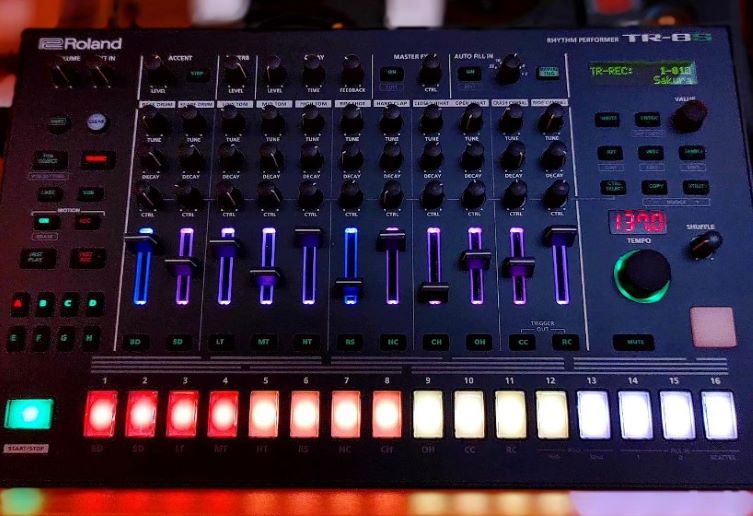
Drum Rhythms for Guitarists
1. Quarter Note Subdivision
A quarter note subdivision is when you have four notes being played in every bar. Each note has a distinct count, and the bar remains quite empty.
Metronomes typically count in quarter note subdivisions, giving you an idea of what it sounds like. This is a good rhythm to play in as it lets you play long notes with plenty of space. Drummers don’t often play in this subdivision, though, as drum parts are a lot busier.
2. Eighth Note Subdivision
Now, each note in the bar will be separated into eight equal parts. This subdivision is a lot more commonly played by drummers, with a basic rock beat usually being in this area.
For an eighth note subdivision, the notes are counted “1 and 2 and 3,” etc.
When it comes to playing guitar, most chords are played in eighth notes for simple songs in pop and rock styles. These chords match the eighth notes that the drums are playing.
3. 16th Note Subdivision
In this subdivision, you get four quick notes for every main quarter note. In total, you get 16 notes played in a bar. The patterns sound a lot faster here, as you’re fitting more notes in every bar. A lot of funk music is played within this subdivision.
Drum Patterns That Guitarists Can Play With
1. Basic Rock Beat
A basic rock drum beat is the most common drum beat in the world. It’s been used on hundreds of thousands of songs as it’s so versatile.
This classic beat is a good one to know as a guitar player as it’s one of the easiest drum beats to jam along with. It works with most songs, so you could just run a basic rock drum beat loop and play anything on the guitar along with it.
There are plenty of YouTube clips with repetitive basic rock beats, but they’re even more common on a drum machine.
2. 16th Note Rock Beat
The 16th note rock beat sounds very similar to the previous one, but it has twice as many notes being played on the hi-hat. This gives the beat a much busier sound, making it sound quite funky.
16th note grooves work best with funky guitar patterns, so this is a good drum beat to play along with if that’s the kind of thing you enjoy playing.
Think of guitar players like John Mayer or Cory Wong. They play the kind of guitar patterns that pair really well with this sort of beat.
3. Simple Shuffle Beat
The last common beat to know is a shuffle. This moves into blues and country territory, as this beat is commonly used in those styles.
The shuffle beat is played in a triplet subdivision, so it has a very different feel to the previous two drum beats. The notes are also regularly swung.
Shuffle grooves are great for playing guitar solos, as the blues vibe just sounds really exciting.
Best Rhythm Tool for Guitarists
One of the best tools a guitar player can have is a drum machine. These allow you to create patterns easily without needing to know how to play drums. Plenty of guitarists use these when practising, with some even using them for live solo gigs.
Some drum machines are much more complicated than others but you only need a simple one to play a few beats while you play songs on guitar. The cool thing is that you don’t need to spend a lot to get some great sounding drum loops that you can play along with.
Should Guitar Players Know How to Play Drums?
Guitar players don’t need to know how to play drums to be good at their instrument. However, having a basic understanding of different drum patterns and rhythms can potentially make their timekeeping abilities much better.
When they understand what a drummer is doing when playing a song, they’ll be able to feel a lot more solid with whatever rhythms they play.
Are Drum and Guitar Rhythms Different?
All rhythms are the same across every instrument. However, the way you play those rhythms will be different between drums and guitar.
Drums have staccato sounds, and they can’t hold notes. You can hold notes on a guitar, leading the same rhythms to sound slightly longer when you play them.
Conclusion
The subdivisions and drum beats that I mentioned above are just a few basic ones that will help your rhythmic understanding. The subdivisions are the most important thing, as those will help you play the same rhythms on the guitar.
The drum beats are just a few common ones that you can jam along with. They’re easy to find on platforms like YouTube, or you can play them on a drum machine to give you a bit of rhythmic backing when you jam out.
Author: Diego Cardini
Bio: Diego is crazy about drums, they’ve been his passion since he was 12 years old. He’s played in numerous bands going through different styles like Rock, Progressive, Pop & Jazz-Rock. He started thedrumninja.com to share his knowledge and create a resource for drummers of all levels.

